Summary
- Metal Gear games adapt and innovate with new gameplay mechanics, influencing future stealth games.
- Metal Gear Solid 2 on PS2 introduces new mechanics, characters, and shocking narrative twists.
- Metal Gear Solid: Peace Walker on PS Vita introduces Mother Base customization, shaping the franchise’s future.
Debuting on the MSX, a popular personal computer in Japan, the Metal Gear franchise was born when Hideo Kojima took over a struggling project inside Konami. He then used the limited hardware as a way to subvert the most popular style of game at the time, which was the run-and-gun shooter. Subversion and going into strange new directions became the norm both for Kojima and his creation, as Metal Gear would become one of the most innovative stealth-action franchises of all time.
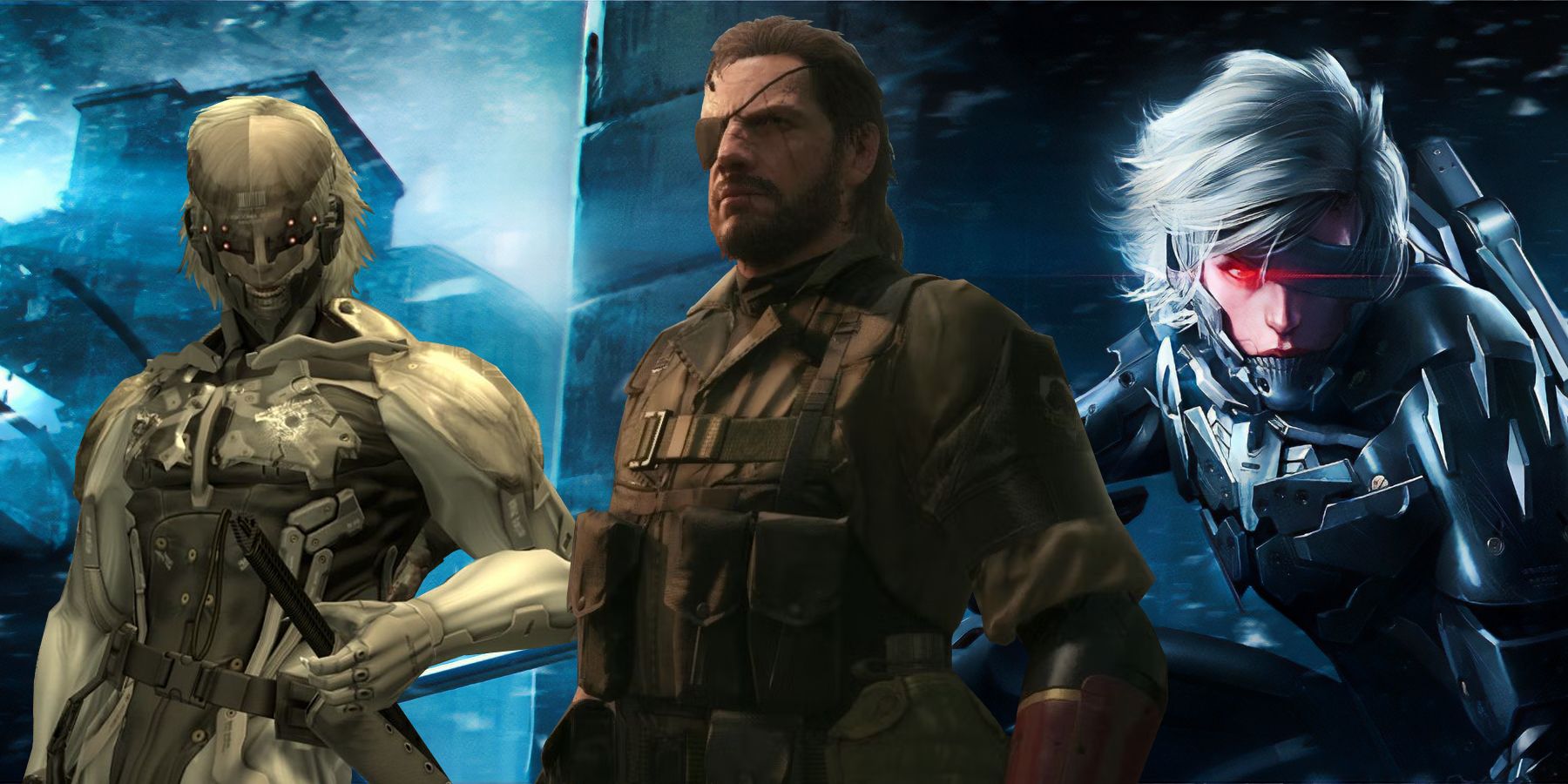
Related
The 25 Best Metal Gear Games, Ranked
Metal Gear has a long, storied history, but which of its games stand the test of time as true classics?
Through multiple home and handheld console generations, Metal Gear has shown a willingness to adapt and change. Whether it was the franchise flying into the 3D era without a hiccup, or introducing new stealth gameplay mechanics that would become industry standard later, the Metal Gear series has seen numerous games throughout its long-running history that have done their best to shake it up. Some of these games have a massive impact on the franchise moving forward, be it through new systems or narrative devices, showcasing the immense talent of Kojima and the team at Konami.
Massively Improved Sequel Introduces Long-Standing Stealth Systems
Metal Gear 2
Following the completion of the first Metal Gear game, Kojima had no intention of producing a sequel, but Konami saw the potential and produced one without him exclusively for North America, known as Snake’s Revenge. On a fateful train ride to Tokyo, Kojima met a member of the Snake’s Revenge development team, who convinced him to make a sequel. The result was Metal Gear 2: Solid Snake, which Kojima conceived on the train ride, an incredible 2D stealth game that would have a huge impact on the franchise moving forward.
In the first Metal Gear game, it was rather easy to lose enemies upon being spotted, but the guards in the sequel were much smarter. They would react to sound and had much sharper vision, which the player could counter with another new mechanic in the form of crouching and crawling around. Metal Gear 2 also introduced a radar system, which would become a staple of the franchise, and go on to influence other stealth franchises. It was a huge improvement over the original, introducing numerous systems and narrative devices that would have a major impact on what the series would do for the next decade-plus.
PS2 Sequel Showcases The Future Of Metal Gear
- Released
-
November 13, 2001
After completing the franchise’s marvelous entry into 3D with Metal Gear Solid in 1998, Kojima and his team started working on the sequel the following year. And it would take Sony’s PS1 successor, the PlayStation 2, to bring their vision of a next-generation stealth-action game to life, resulting in Metal Gear Solid 2: Sons of Liberty. With the massive hardware upgrades that the PS2 offered, Metal Gear Solid 2 took a huge risk both in its game design and in the form of its two playable characters.
4:23
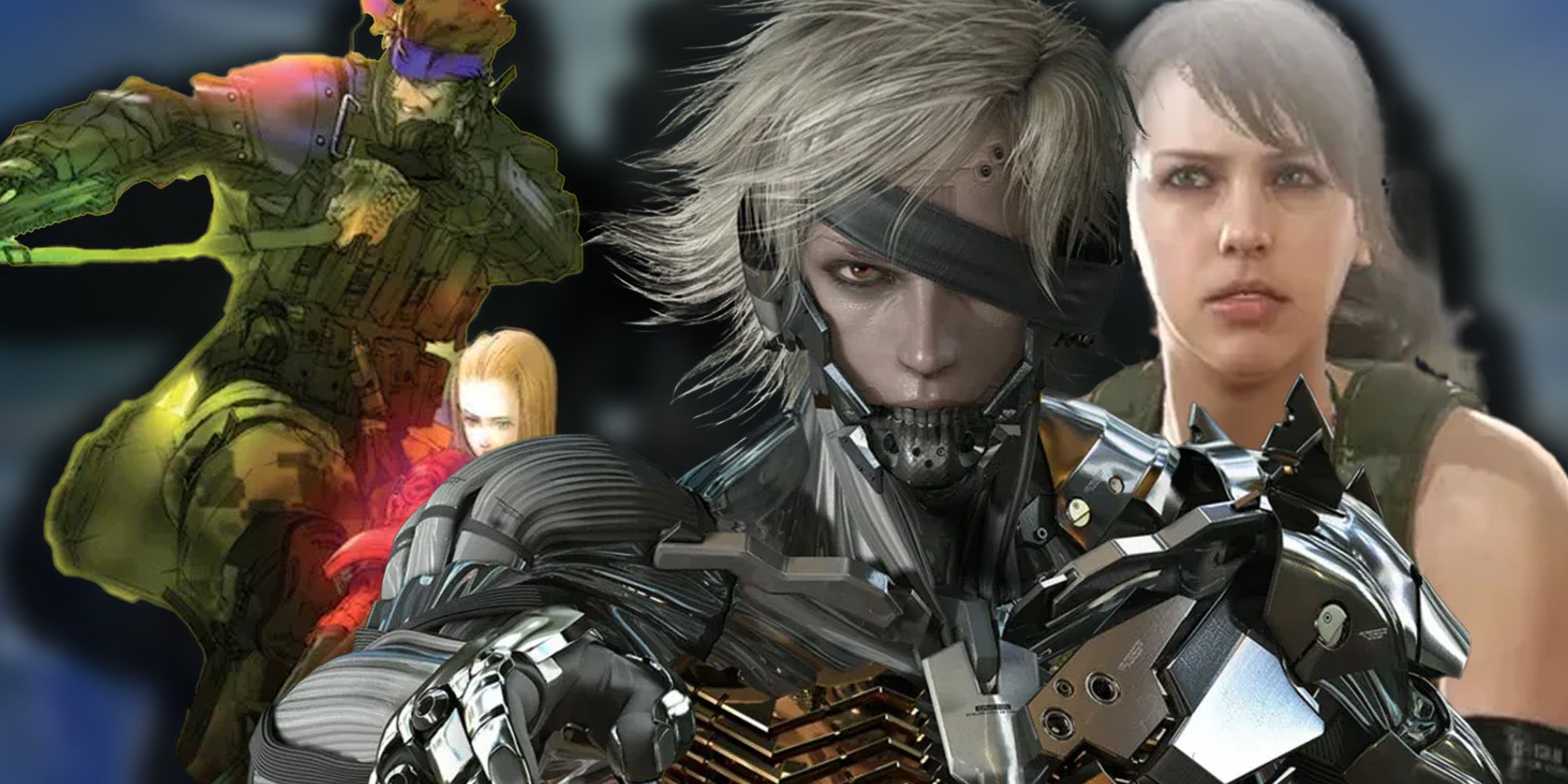
Related
6 Metal Gear Games Ranked By Gameplay
You know, we love the Metal Gear series for it’s cutscenes. But did you know, it has gameplay too? It’s true. Stay tuned to find out more.
Sons of Liberty introduced a fantastic set of new moves and skills for the player to use, including hanging from ledges, hiding in lockers, and peaking out from cover to attack. These new skills were important to the player’s survival, as the guards featured much improved AI, and they would work as a team once the player was spotted to cut off escape routes. Metal Gear Solid 2 also introduced the character of Raiden, who became the main playable character following Snake’s presumed death at the end of the Tanker Chapter. Everything about Metal Gear‘s later entries would hinge on what MGS2 did, as its mechanics, style and new characters would become permanent fixtures.
PS Vita Spin-Off Influences Metal Gear For Years To Come
Metal Gear was no stranger to handhelds, as Ghost Babel on the Game Boy Color and Acid on the PSP proved. But there was perhaps no portable game in the franchise as important as Metal Gear Solid: Peace Walker, the PS Vita exclusive that starred Big Boss in his continuing journey to becoming the villain he was destined to become. The PS Vita was one of the most powerful consoles of its generation, so the team at Konami had a lot to work with, and their hard work would change the way Kojima and the crew saw Metal Gear moving forward.
Peace Walker contained the traditional stealth-action gameplay that the series was known for, but its largest contribution was an improved version of the Mother Base customization seen in the previous Metal Gear handheld, Portable Ops for the PSP. Finding soldiers, weapons, and vehicles in the field, and then sending them back to Mother Base opened up a whole new world for the franchise. It was crucial to the future of Metal Gear, as its story continued to see Big Boss’ path to villainy take some twists and turns, while the Mother Base system would have major implications on Kojima’s final game in the franchise just five short years later.
Hideo Kojima’s Final Metal Gear Game Changes The Fate Of The Series
- Released
-
September 1, 2015
During the final months of development on Metal Gear Solid 5: The Phantom Pain, rumors began to circulate that series creator Hideo Kojima and Konami were planning to part ways following the game’s completion. The Phantom Pain turned out to be one of the most outstanding, brilliantly designed stealth-action games not just of its generation, but of all time. And in the wake of its release, amid accusations of a poor work environment created by Konami and budget cuts, its impact on Metal Gear is still being felt. Kojima would leave to form his own studio, partnering with Sony to produce Death Stranding in 2019.
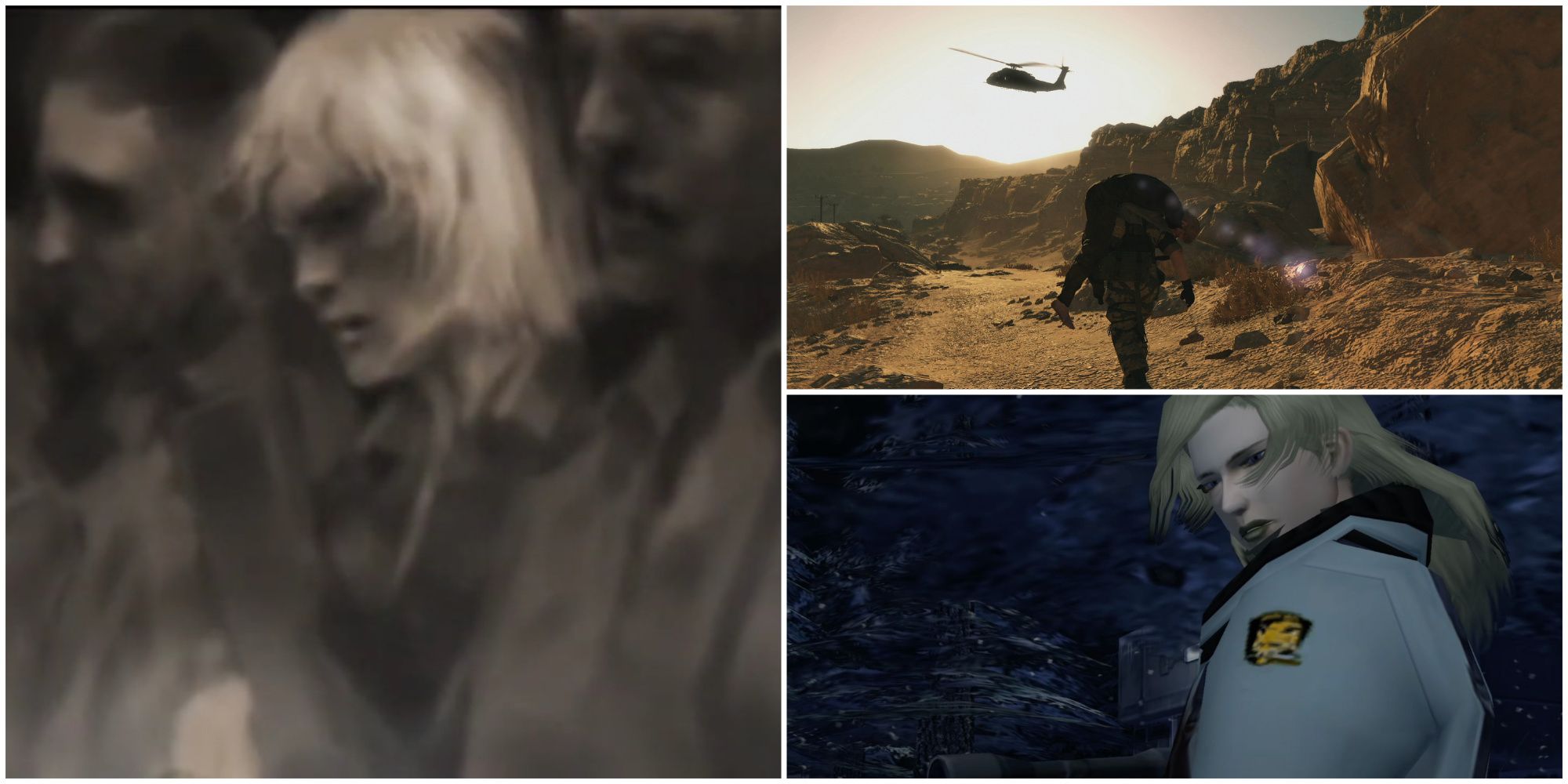
Related
15 Metal Gear Events That Are Based on Real Life
The Metal Gear franchise isn’t shy about involving real-world history in the events of the games.
Meanwhile, Metal Gear’s ultimate villain, Big Boss, saw his story end in a much more poignant and heroic manner than anticipated. While Big Boss’ descent into villainy was spoken of in previous games, The Phantom Pain altered the course of Metal Gear history, as his fate mirrored that of Kojima’s. Instead of being the maniacal villain that previous games showed him as, Big Boss was revealed to have vanished into the night as an anti-hero, while Venom Snake, his right-hand man, took over. The events of the original Metal Gear were seen through a new lens, creating a chain reaction in the lore that the franchise is still feeling to this day.
Konami Ushers Metal Gear Into 3D With Iconic Stealth-Action Game
Much like Snake himself, Kojima was looking to take a break from the series following Metal Gear 2, but the emergence of 3D technology and new, more powerful platforms like the PlayStation piqued his interest. It was one of the many franchises in the 1990s making the transition into 3D, as contemporaries like Mario and Zelda were also embracing the future of gaming. Kojima and his team took full advantage of the new tech, resulting in the launch of Metal Gear Solid in 1998.
The evolution from 2D top-down stealth into a fully 3D world was seamless, as the game retained all of what made the previous games so much fun, and added even more. Metal Gear Solid featured densely packed 3D environments and a soundscape that the previous games could only have dreamed of. The franchise would be forever in debt to this PS1 classic, as its inclusion of voice acting, cinematic music, and dramatic cutscenes would become standard operating procedure for the series. The casting of David Hayter as Snake would also lead to one of the longest runs an actor would have with a character, as he would perform the role for the next seventeen years. MGS1 is still the most important game in the franchise, as every single game after it would attempt to improve or emulate its incredible achievements.
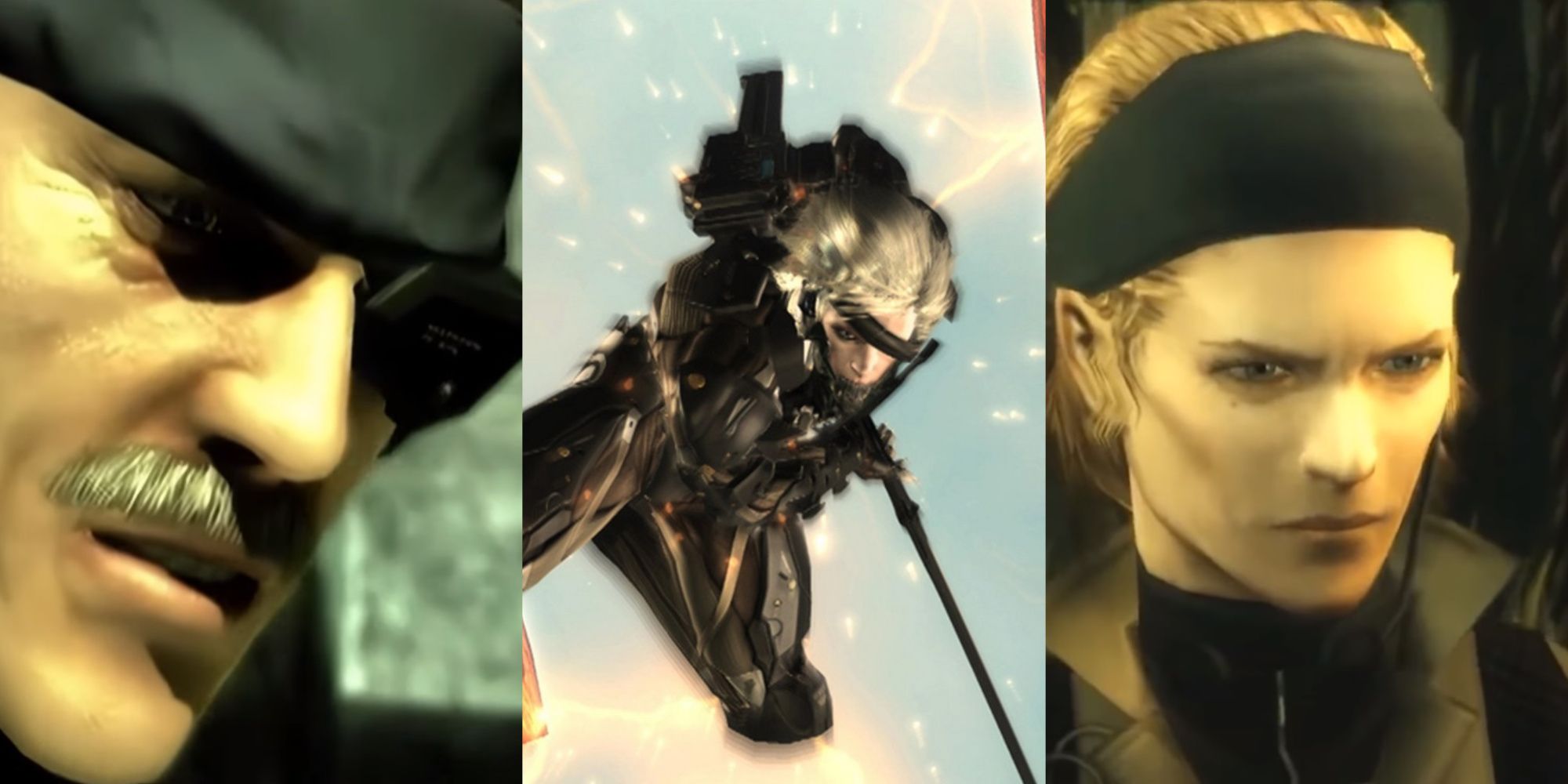
More
For a series as extensive and established as Metal Gear, there are bound to be some game concepts that were permanently shelved in its history.
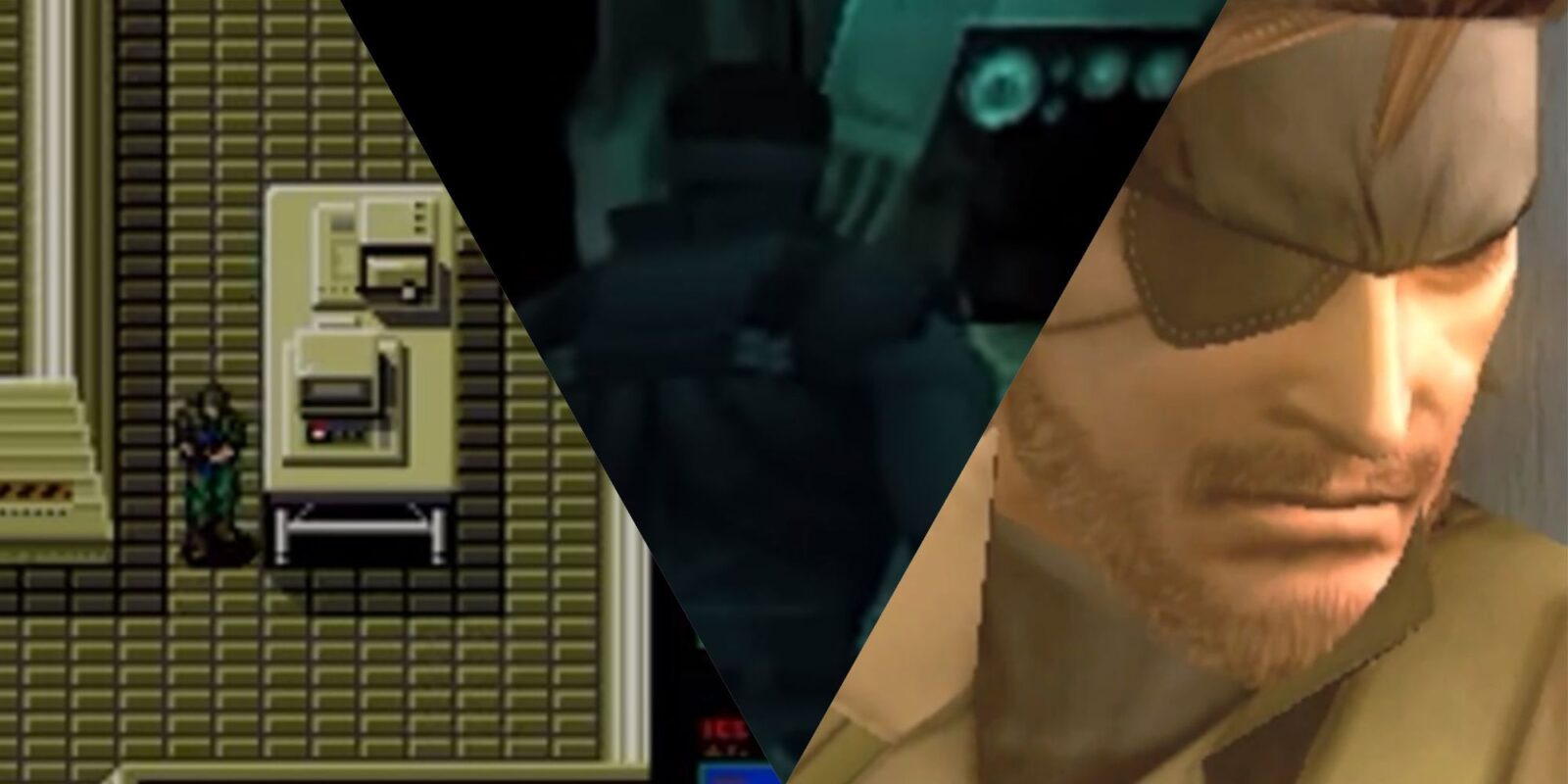
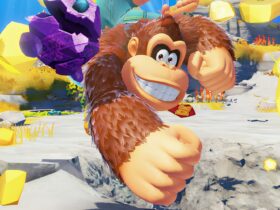










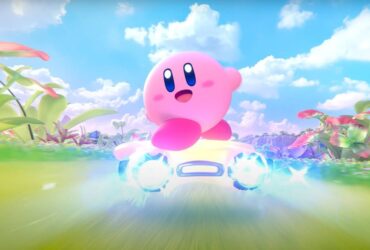

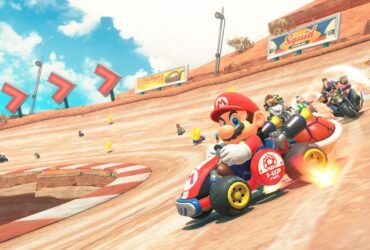
Leave a Reply